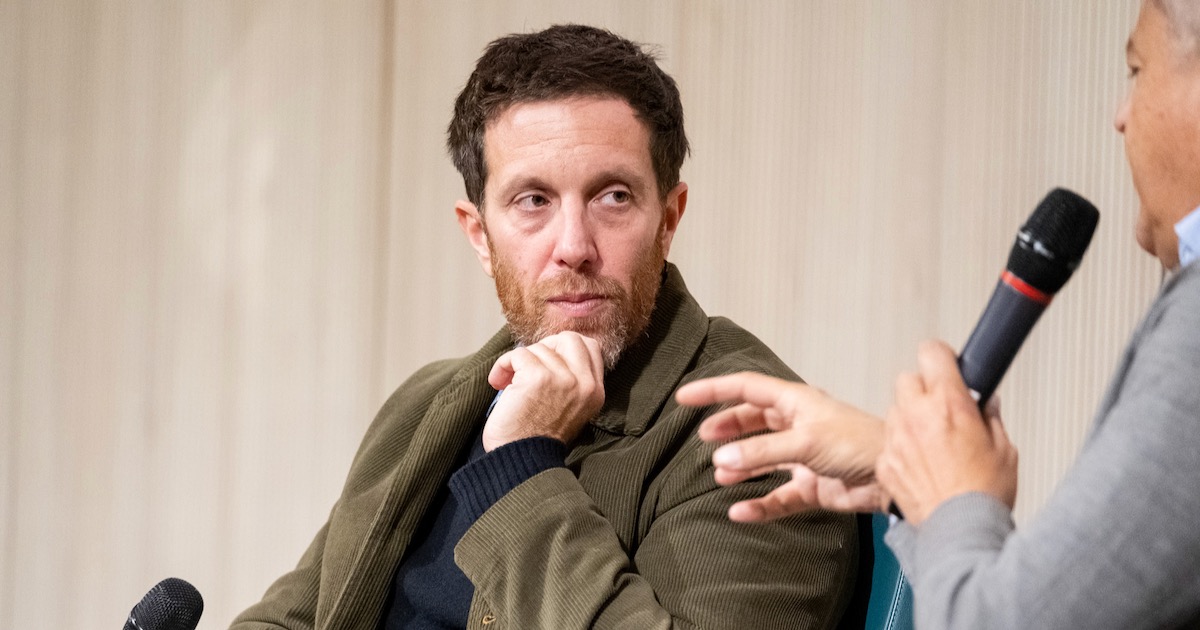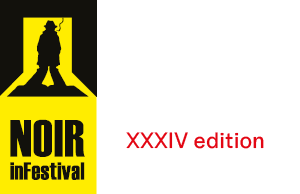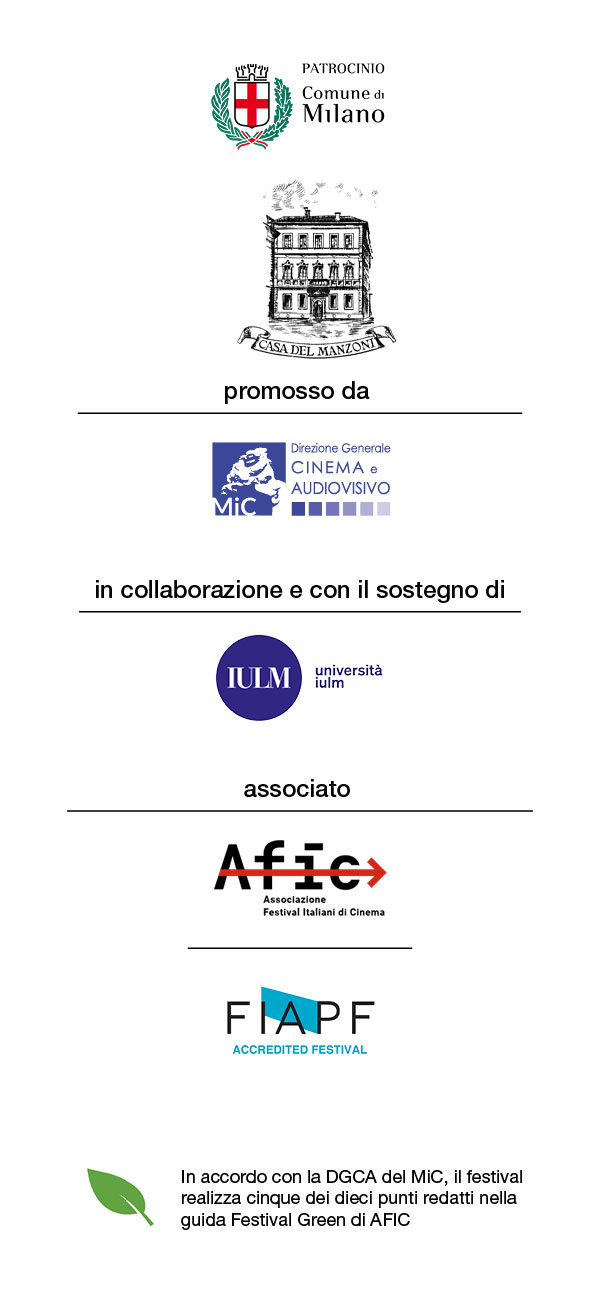Giovanni Robertini presents his novel “Morte di un trapper.” An article by Beatrice Ambrosio

The presentation of the novel Morte di un trapper by Giovanni Robertini, interviewed by John Vignola, was the second event on the fourth day of this year’s Noir in Festival.
Perfectly in line with the theme of the interplay between mystery and music that distinguishes the 2023 edition of the festival, the novel describes the trap and rap music scene, repeatedly in the news of late. At the same time, it also depicts the reality of life in a city, a mainstay of traditional noir fiction.
The story takes place in Milan, a city abuzz with criminal activity that turns out to be the ideal setting for the odd adventures of the protagonist, a former rapper now a private detective in his forties who, after making it in music twenty years earlier, is in the midst of a mid-life crisis.
The rapper’s life takes a strange turn when he sees a picture of a dead youth who seems to have been a dead ringer for him when he was twenty. On an impulse, he goes to the funeral and is engaged to investigate the murder.
The novel ventures into the run-down and dangerous urban haunts of Milan’s drug dealers and at the same time exposes the generational differences between the rappers of the 1990s, like the protagonist, and the trappers today. What emerges is a decadent and romantic vision of the genesis of rap music, which has since degenerated into a consumer good and a money-maker for those interested in making this kind of music and getting rich off it.
The rappers and the trappers of today, unlike their predecessors, grew up poor in rough neighborhoods and troubled families, and turn to trap music as a potent narrative medium that is able to convey the world they live in. Their environment is the set for the stories they tell, which is precisely what the author wants readers to take away from his novel: “Trap music is storytelling. It can break bad news, capture real situations, and make us understand that we are not happy with those situations.”


